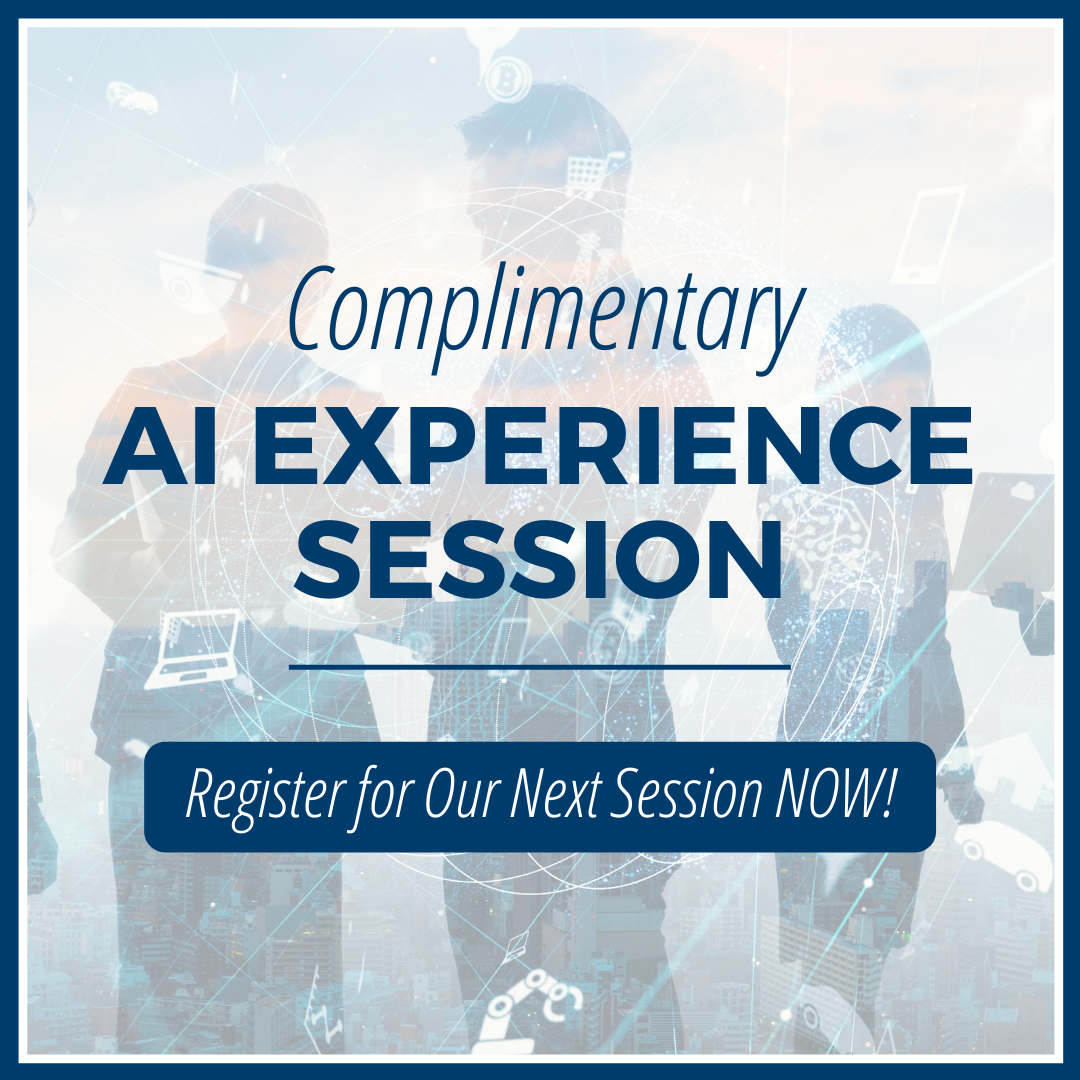When all is said and done about Artificial Intelligence, the simple truth is that it is “machine learning”, the term used to explain that a computer uses the data collected from input to find patterns in the data and make predictions about output based on the patterns. This process is determined by programmed algorithms, which a data scientist inserts to direct the computer’s activity. The computer “learns” through algorithms what to do with the data (input) to identify the patterns to make predictions (output). This is “collecting the dots before connecting the dots”.
It might be good to define “algorithm” before moving on. Here is a working definition: “an algorithm is a procedure or formula for solving a problem, based on conducting a sequence of specified actions”. Algorithms are used in math, sciences like chemistry, statistics, and even in culinary science; a recipe is an algorithm.
It’s the brain that directs and controls the activity of the body. If you think of the brain as the data scientist and the parts of the body as “learning machines”, we might appreciate how we could come to impute intelligence to the computer that “learns”.
When a musician or athlete practices movements of different body parts, the brain is directing those parts to move in special ways; these are mental instructions that likewise are algorithms. The fingers of a pianist or violinist and the muscles of an athlete using repeated exercises to master agile movements under the direction of the brain illustrate the process of machine learning. The data scientist instructs the computer through algorithms to use the data collected in the memory chips (musician’s fingers or athlete’s muscles – input) to sort the data for predictive patterns (musician’s smooth melodies or athlete’s agile movements – output). We consider the musician or athlete as highly intelligent and talented. This can transfer to the machine that learns and is considered intelligent.
Artificial intelligence as defining smart machines is applied to computers insofar as scientists can program the machine with the input of big data to identify predictive patterns by the structured algorithms as output that is intelligent. The wonder of this is that the machine performed the process with lightning speed faster than the human can. However, it is the human that programs the computer with algorithms, the driving technology of computer science.
Because human learning happens in the context of experience with the complexities of the moment of experience, so the computer is instructed to learn with all the complexities of information technology and computer science to create a machine that is analogically characterized as intelligent. It is, then, that machine learning produces artificial intelligence, the product of what the machine does under the direction of algorithms written by the data scientist.
Artificial intelligence is machine learning. Machine learning is not a subdivision of artificial intelligence. Let’s not put the “cart before the horse”.




